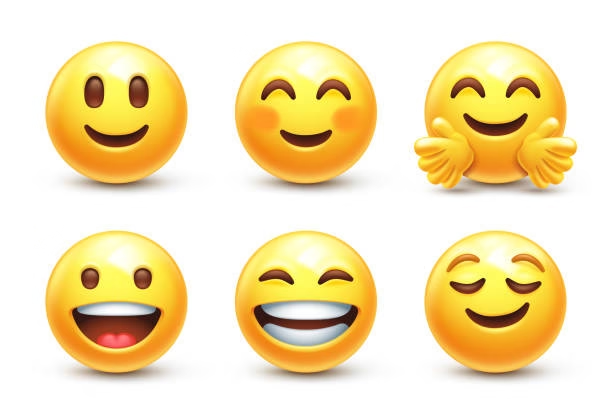Emojis have become an integral part of online communication, allowing people to convey emotions and ideas in a visually engaging way. However, their widespread use has also led to confusion and misinterpretation. The meaning of an emoji can vary greatly depending on the context, cultural background, and personal interpretation of the sender and receiver. This ambiguity can lead to misunderstandings, miscommunications, and even offense.
The use of emojis can be particularly problematic in online interactions where tone and intent can be difficult to convey. A single emoji can completely flip the meaning of a message, and without clear understanding, it can be challenging to decipher the sender’s intention. Furthermore, the ever-evolving nature of emojis and their meanings can make it difficult for people to keep up with the latest usage and interpretations.
Despite these challenges, emojis continue to be a popular and expressive way to communicate online. As online communication continues to evolve, it’s essential to be aware of the potential for misinterpretation and to use emojis thoughtfully and clearly. By being mindful of the potential pitfalls and taking steps to ensure clarity, we can harness the power of emojis to enhance our online interactions and build stronger connections with others.








